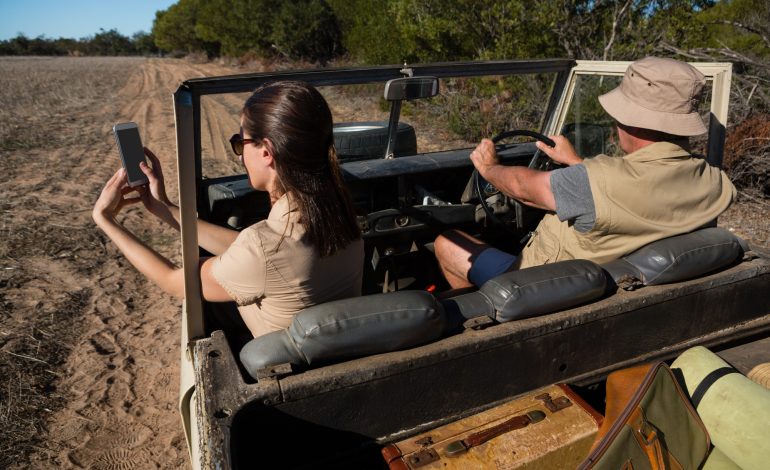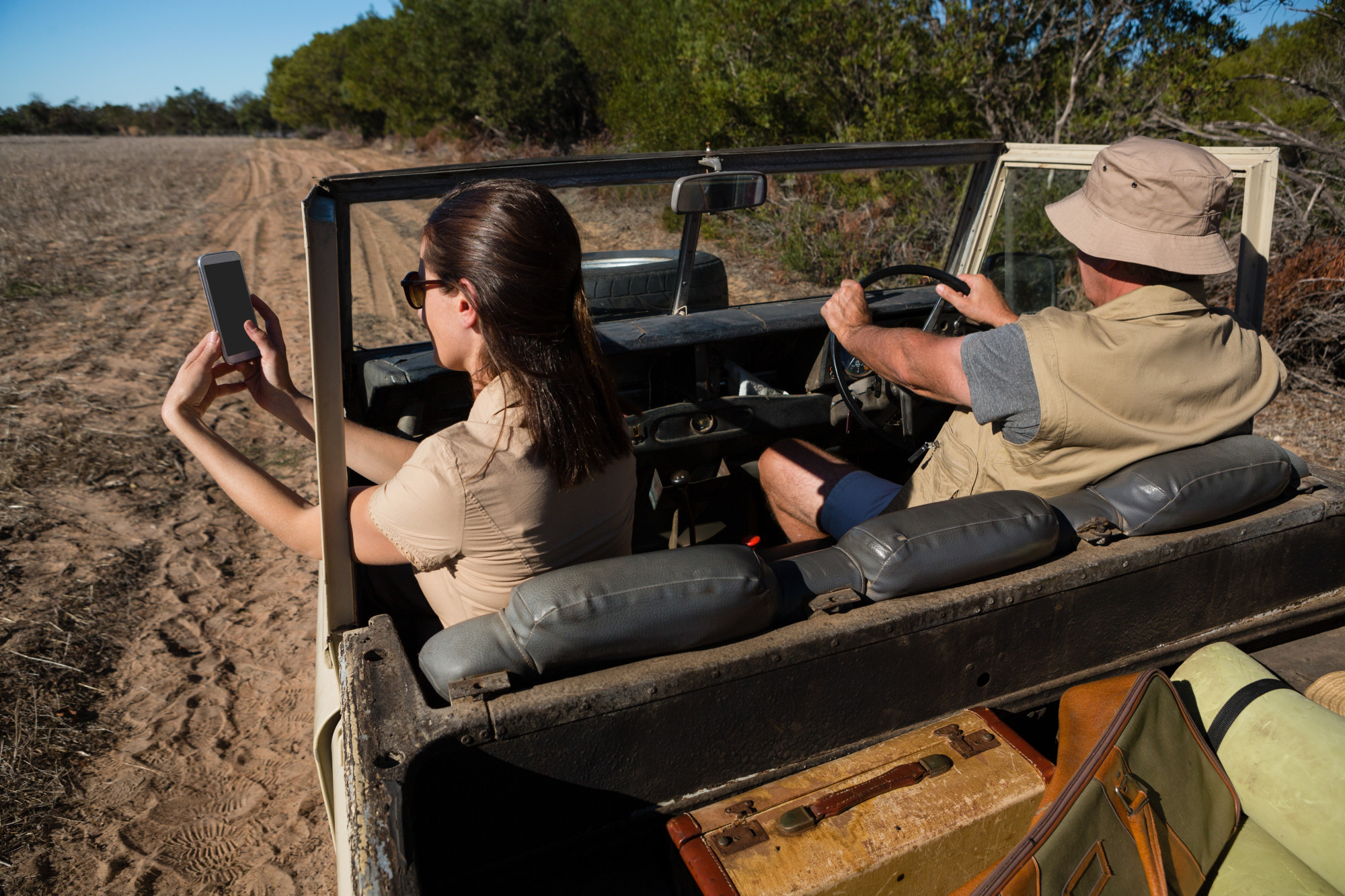Safari Through the Lens: Capturing Wildlife in Their Natural Habitats

Embarking on a safari offers a unique opportunity to witness wildlife in their natural habitats, an experience that is both exhilarating and humbling. For photographers, from the enthusiastic amateur to the seasoned professional, it presents a chance to capture the essence of the wild, documenting moments that speak to the heart of nature’s untamed beauty. “Safari Through the Lens: Capturing Wildlife in Their Natural Habitats” delves into the art and ethics of wildlife photography, offering insights and tips to help you bring home not just photos, but stories.
Preparing for the Journey
Understanding Your Equipment
The right equipment can make a significant difference in wildlife photography. A DSLR or mirrorless camera with a telephoto lens (at least 200mm, though 400mm or more is ideal) is essential for capturing detailed images from a distance. Familiarize yourself with your camera’s settings to quickly adapt to changing light conditions and animal movements. A sturdy tripod or monopod can also be invaluable for stabilizing longer lenses.
Respect and Minimal Impact
Equally important is adopting a mindset of respect for the wildlife and environment you’re entering. Strive to minimize your impact and remember that you’re a visitor in the homes of these creatures. This respect will not only ensure ethical photography practices but often leads to more natural and compelling images as animals behave undisturbed.
The Art of Capturing Wildlife
Timing and Patience
Wildlife photography requires patience and persistence. Animals are most active during the cooler hours of dawn and dusk, which also offer the soft, golden light that can add a magical quality to your images. Be prepared to wait, sometimes for hours, for the perfect moment.
Composition and Perspective
Effective wildlife photography goes beyond simply capturing an animal on camera; it’s about telling a story. Consider the composition and strive to include elements of the environment to give context to the scene. Shooting from a lower angle can provide a more intimate perspective, making viewers feel like they’re part of the scene.
Focus on the Eyes
In wildlife photography, the eyes are often the focal point that connects the subject to the viewer. Ensuring the eyes are in sharp focus can bring a photo to life, imbuing it with emotion and personality.
Ethical Considerations
The welfare of the animals should always take precedence over getting the shot. Use long lenses to keep a respectful distance and avoid causing stress or altering the behavior of the wildlife. Be particularly cautious during sensitive times, such as mating seasons or when young animals are present.
Avoid Baiting and Calls
Resist the temptation to use bait or calls to attract animals. These practices can disrupt natural behaviors and feeding patterns, potentially putting the animals at risk.
Capturing the Essence of the Habitat
While the wildlife is the star of the show, their environment plays a crucial supporting role. Capturing the essence of the habitat can provide context and depth to your images. Wide-angle shots that show an animal within its landscape can tell a broader story about its life and challenges.
Challenges and Solutions
Dealing with Movement
Wildlife rarely stays still for long, so capturing sharp images can be challenging. A faster shutter speed can freeze motion, while a higher ISO may be necessary in low light conditions. Learning to anticipate an animal’s behavior can also help you be ready for the action.
Light Conditions
The best wildlife photography light is often fleeting. Understanding how to quickly adjust your camera’s exposure settings is crucial. Bracketing exposures or shooting in RAW format can give you more flexibility in post-processing to correct the exposure.
Conservation Through the Lens
Wildlife photography has the power to inspire conservation efforts by bringing the beauty and fragility of the natural world to a wider audience. Sharing your images along with stories about the animals and their habitats can help raise awareness and foster a deeper appreciation for wildlife conservation.
Final Thoughts
A safari through the lens is an adventure that offers endless rewards for those willing to approach it with patience, respect, and a keen eye. The challenges of wildlife photography are matched by its joys: the thrill of capturing a fleeting moment, the satisfaction of a well-composed shot, and the profound connection with nature that comes from observing animals in the wild. As you embark on this journey, let your photography be guided by ethics and a passion for the natural world, ensuring that we preserve the wild’s beauty for generations to come.


